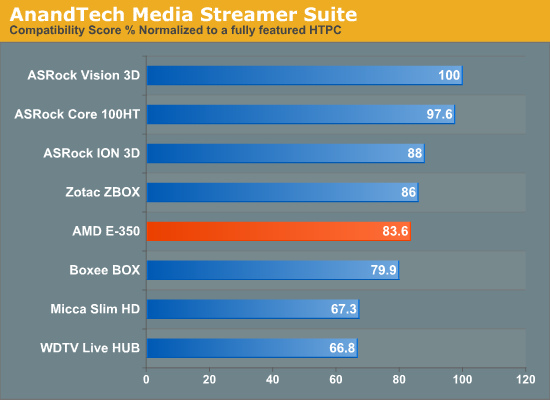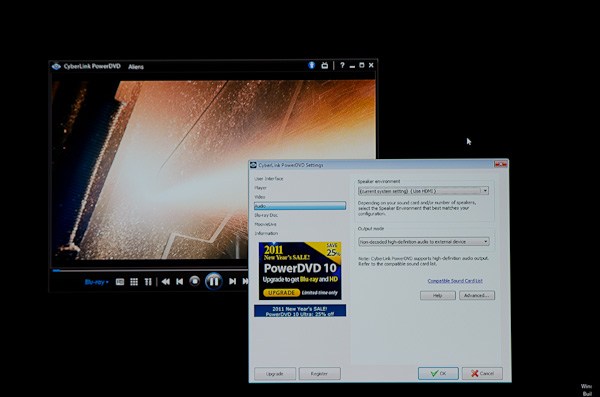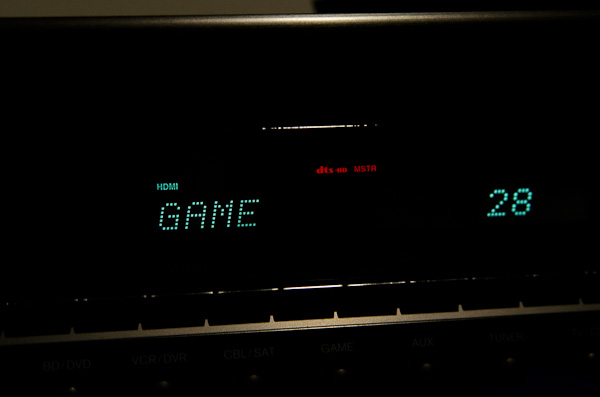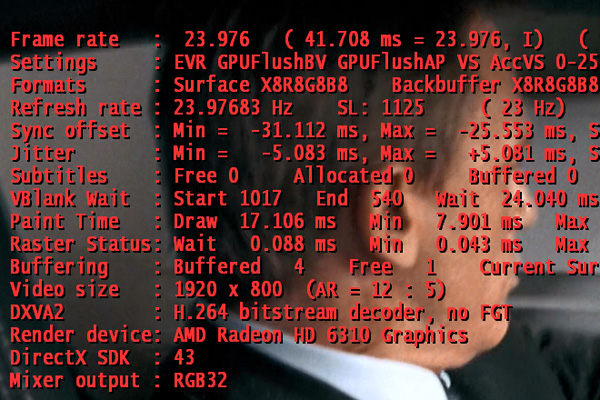The Brazos Review: AMD's E-350 Supplants ION for mini-ITX
by Anand Lal Shimpi on January 27, 2011 6:08 PM ESTVideo Decode Capabilities: Is Brazos the New ION?
While Atom may have been the right product at the right time, it was a very conservative architecture paired with a very conservative platform. For netbooks and nettops Intel chose to assume no risk at all, pairing Atom with the proven 945 chipset. As a result, it left a lot of room for innovation - something NVIDIA saw and capitalized on with ION.
While VIA created the mini-ITX form factor, it was really NVIDIA that made it interesting. The first mini-ITX ION platforms gave you almost everything you needed to build a fully capable HTPC. For video playback, with NVIDIA’s GPU (or at least its fixed function decode pipeline) doing the heavy lifting, the fact that you had an anemic Atom a couple centimeters away didn’t matter. The problem with ION is that it had no future. Without a DMI license, NVIDIA would not be able to build future versions of ION for Atom’s successors. Even after the settlement it’s unlikely we will ever see modern versions of ION, especially considering that Intel’s 2011 Atom platform (Cedar Trail) will finally integrate H.264 decode acceleration in Q4.
Where Intel is conservative, AMD will innovate. Brazos adds a number of advantages from a media standpoint over Atom. There’s native HDMI support and a full implementation of AMD’s UVD3 decode engine supporting hardware H.264, VC-1 and MPEG-2 acceleration. Although both of these advantages are also enjoyed by ION the next feature isn’t. Brazos supports Dolby TrueHD and DTS-HD MA bitstreaming over HDMI. From a feature standpoint, Brazos is even more complete than ION.
I ran MSI’s Brazos board through our Media Streaming compatibility suite. Below is Brazos’ compatibility score compared to the other devices and HTPCs we’ve put through the suite:

Failed Tests
- 1080p60 60 fps L5.1 H.264
- L5.1 H.264 (16 reference frames)
- FLAC, ASS Subs - High CPU Utilization
- HD Real Media
- Deinterlacing
Numerically, Brazos actually falls behind ION. Allow me to explain why. Our Media Streaming suite tests virtually everything you might throw at a HTPC. When it comes to the most commonly found content, Brazos excels. It can handle Blu-ray discs (although there’s no Blu-ray 3D support), it can deal with 1080p x264s commonly found online and it even accelerates Flash video (more on this later). Brazos’ UVD3 however is tied to clock speed, and the GPU clock of the Radeon HD 6310 is pretty low at 500MHz. As a result, Brazos fails certain tests. The platform is incapable of accelerating and playing back 1080p60 H.264 video. Very little content falls into this category, however if you want to play it you can’t on Brazos. The good news is 1080i60 works just fine.
Brazos’ GPU also fails all of our deinterlacing tests, something we noticed in reviews of AMD’s entry level GPUs. The higher end models don’t have an issue here but the lesser equipped models do. Again, chances are that you won’t want to watch interlaced content on your Brazos HTPC so this is likely not a big issue.
The other shortcomings are videos with components that aren’t accelerated by UVD3. For example, HD Real Video chugs on Brazos as does our heavy FLAC + ASS subs test. If you’re playing non-3D Blu-ray content or 1080p24 x264s you find on the web, Brazos will easily fit the bill. It’s the more eccentric content that you’ll run into CPU limitations with.
Since the Radeon HD 6310 is derived from AMD’s desktop GPUs we get full 23.976 fps support when you select 23Hz in AMD’s Catalyst driver:
Selecting 24Hz yields a 24.000Hz refresh rate.
As I mentioned earlier bitstreaming both TrueHD and DTS-HD MA are supported over HDMI:














176 Comments
View All Comments
beginner99 - Friday, January 28, 2011 - link
nope. had the exact same thought. SB also offers quicksync which could be very useful on a HTPC.Plus if you factor in total system cost especially if you use a ssd and a nice rather expensive HTPC case, the difference is not that big anymore.
Power consumption on desktop is also not a big issue unless you run it as a server 24/7.
duploxxx - Friday, January 28, 2011 - link
perhaps before you praise the quicksync that much you might want to check at which cpu it is actually supported, yes yes here is our beloved intel again cutting features for certain lower end parts :Dhttp://www.anandtech.com/show/4083/the-sandy-bridg...
sure cpu of G620 will be better then e350 but GPU won't and the E350 is fully passive and probably most will be right at the 100$ mark while there is only 1 board with that kind of price and the 70$ is bulk 1000 pieces price......
but sure you can always select the SB in a month or 2 i.s.o. the brazos, just a matter of positioning, my goal is to replace my atom netbook and that will be done very fast.
never ever will this be same power consumption.... a 35W rated cpu against a 18W get real
sebanab - Monday, January 31, 2011 - link
Llano should take care of our confused friends here.silverblue - Monday, January 31, 2011 - link
It might, but we're still talking a memory bandwidth limitation along with four tweaked Stars cores. For the moment, we don't know how the latter will affect things, but the former certainly presents an issue especially when you think about enabling AA. It'll be a big boost over Brazos, but then again, we expected that. Perhaps it'll have enough grunt to play most modern games with medium and higher details at a good frame rate, but I can't help but feel sceptical.mosu - Sunday, January 30, 2011 - link
totally wrongsilverblue - Monday, January 31, 2011 - link
Come on... a two word answer isn't an answer. :)Shadowmaster625 - Monday, January 31, 2011 - link
If intel charges $70 for budget SB 60 days after launch, I'll eat my socks. That goes against everything they stand for. $100, bare minimum.rs2 - Friday, January 28, 2011 - link
I'm wondering about the suitability of one of these systems for use as a low-volume, low power consumption web server. Obviously performance would not be stellar, but I'm wondering if it would be reasonably acceptable for a low-traffic, non-mission-critical server (for more intense loads I have a quad-core box that I can use, but the power bill associated with running it 24/7 in true server fashion makes me cringe).It seems like the E-350 is about as fast as a 3.6 GHz Pentium 4 from way back when. If so then it seems like it would make a passable server (I'm just thinking basic stuff, like Apache httpd, PHP, and MySQL...maybe Tomcat at most), no?
jjcrandall - Friday, January 28, 2011 - link
supermicro makes a atom based 1u server, so i imagine that the amd platform does a much better job than that.lordmetroid - Friday, January 28, 2011 - link
How hot are are these new processors running? Are they possible to passively cool?